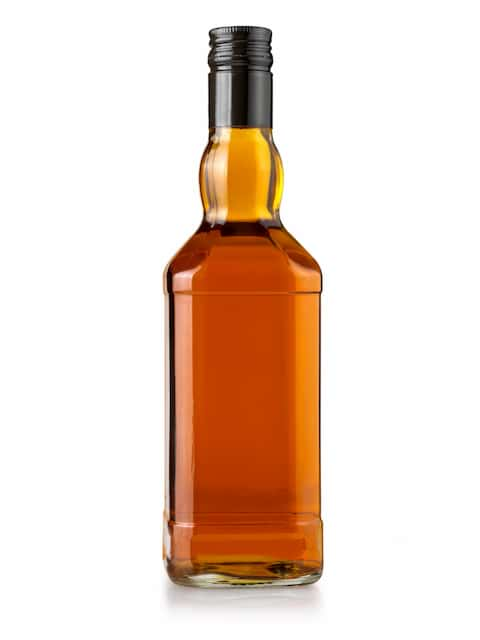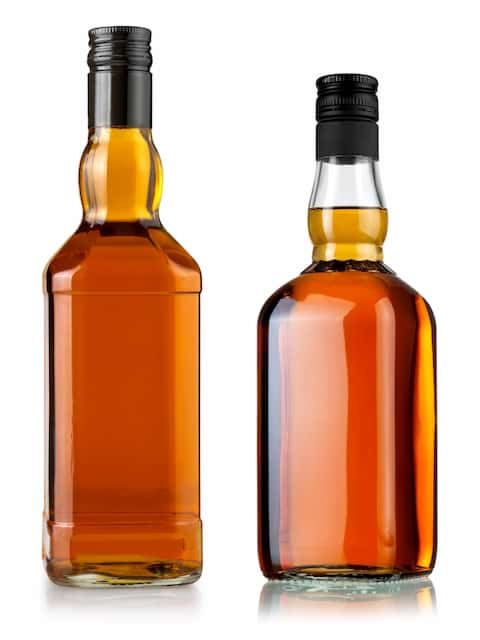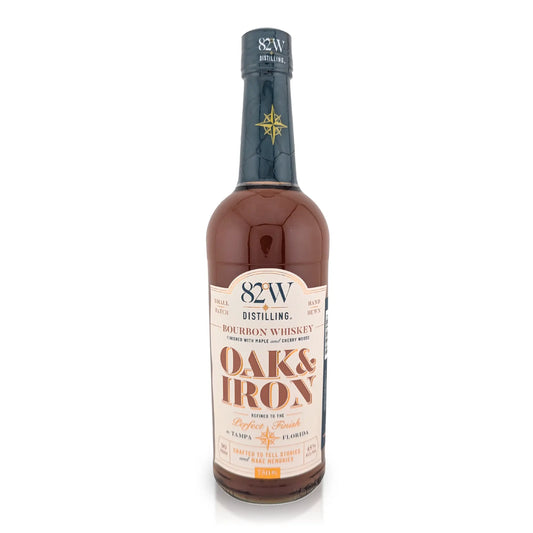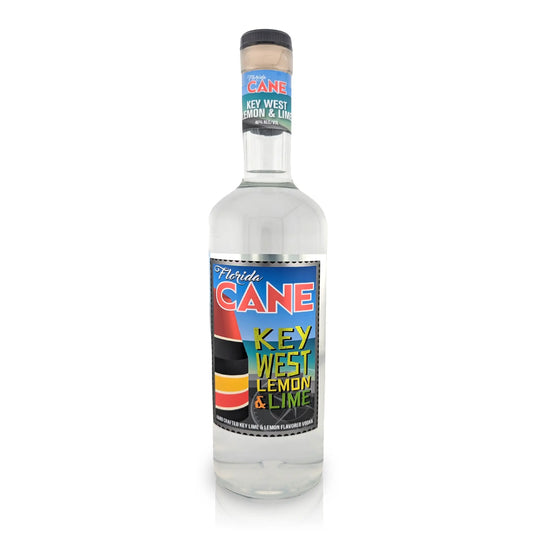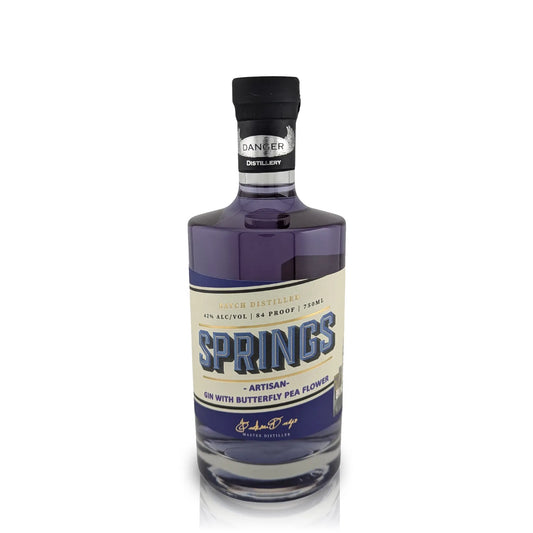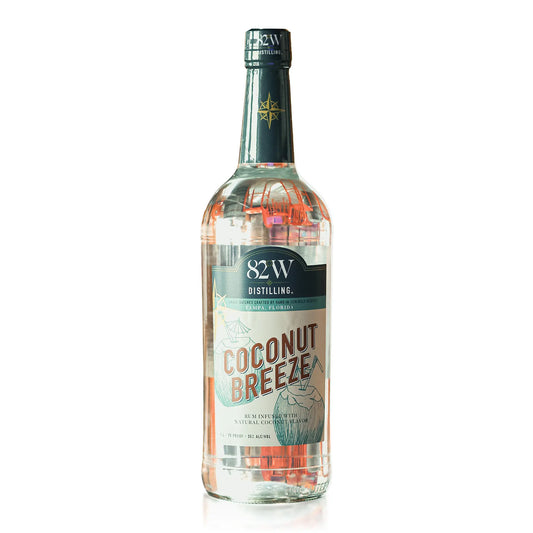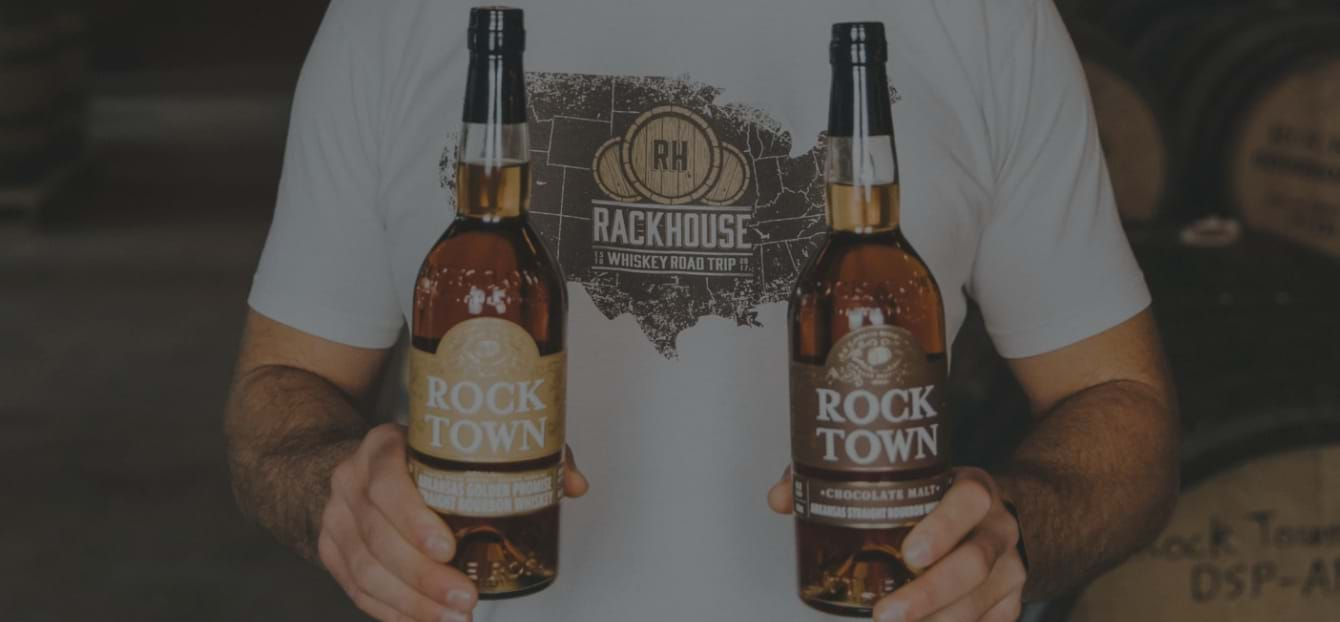 One-third of the Generation Z population will turn 25 sometime this year. Given they’ll be past the legal drinking age, it’s important for spirit brands to understand their drinking habits. And here’s why: people born between 1996 and 2010 make up 40 percent of the general consumer base, or over $140 billion worth of spending power. The challenges for brands, then, is how to reach this demographic. Here are some ways that Gen Z may change the way we drink spirits.
One-third of the Generation Z population will turn 25 sometime this year. Given they’ll be past the legal drinking age, it’s important for spirit brands to understand their drinking habits. And here’s why: people born between 1996 and 2010 make up 40 percent of the general consumer base, or over $140 billion worth of spending power. The challenges for brands, then, is how to reach this demographic. Here are some ways that Gen Z may change the way we drink spirits.
How the interests of Gen Z differ from Millennials
One of the biggest takeaways so far is that the strategies that may have worked for Millennials simply won’t work for Gen Z. Why? The amount of choice on the market right now. In the mid-2000s bourbon and craft beer dominated market space and that’s no longer the case. The options for the Gen Z drinker are vast: legacy brands (think Budweiser) that their parents or grandparents may have enjoyed, craft brands that become popular during their teenage years and ready to drink (RTDs) options that flooded the market after they turned 21. These include canned cocktails or seltzers, for example. The ample choice for Gen Z drinkers means an ordinary marketing strategy won’t cut it. Brands will have to connect with the Gen Z consumer with more than just a good drink.
Which leads to another crucial takeaway. The average Gen Z drinker can spot BS from a mile away and filter out brands that aren’t authentic in their marketing efforts. A brand story is crucial. And it should highlight key responsibility efforts like sustainability, diversity and inclusion. Gen Z consumers are so tech-savvy that brands have to be more than just talk because they’re used to doing their research. Gen Z drinkers care about authenticity and will ask a lot of questions. If a brand isn’t prepared to be fully transparent, they’ll be passed over for ones that are.
How drinking habits of Gen Z differ from Millennials
It’s a small sample size so far, but the data shows Gen Z is drinking less than Millennials, in terms of both frequency and per drinking session. It doesn’t mean this group is veering toward abstaining entirely from drinking, it just means they’re more cautious. Increased health conscientiousness and a desire to protect their image on social media drives some of their habits. The good news, especially for craft spirits, is this group prefers quality over quantity.
It also gives brands the opportunity to employ timeless marketing strategies like organically connecting Gen Z customers to their labels. They’re curious about craft brands. They like trying new things, including different spirits.
Price is also a factor for the budget-minded Gen Z drinker as early 20-somethings typically don’t earn as much as older generations do. Lower price points may be an easy way for the Gen Z consumers to experiment with different brands. And as one might expect from this age group, experience is everything as Gen Zers want to have a good time regardless of when or what they’re drinking.
Another piece of good news for craft spirit brands? This population segment is content to leave beer and wine behind them. Especially as they get older. Because as they mature, their tastes will as well, which means they may have started with drinking beer but they’re not going back to it. The key will be to continue watching the data and adapt to the trends as they emerge. It’s not a new strategy as brands have been pivoting to remain relevant for years. And will continue to do so in the future.
Do you have a Gen Z drinker in your life who loves to try new craft whiskey? Then check out RackHouse Whiskey Club. RackHouse scours the U.S. looking for the best craft distilleries with the most interesting stories to curate a unique subscription box filled with full-sized bottles of hard-to-find small batch whiskey. We’re building a community of premium craft whiskey drinkers. And the Gen Z group is invited! Join us!


